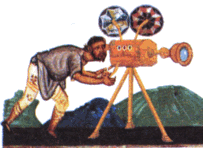

The Cathedral of Niš is ranked as very significant in the Serbian history of art both by its architecture and the icons painted for its iconostasis.
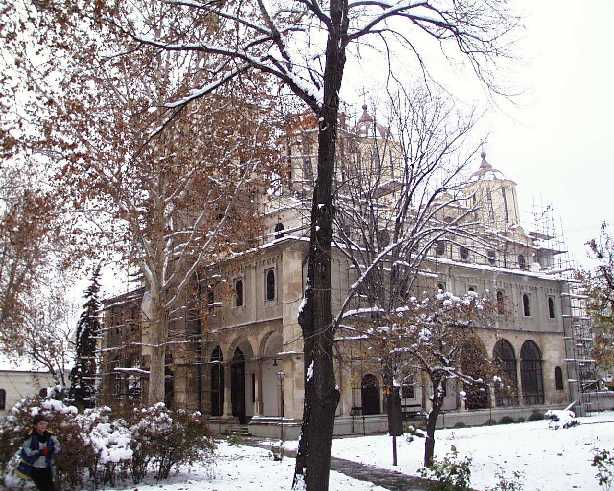
THE CATHEDRAL OF NIŠ
The construction of the Niš Cathedral began on October 18, 1856, and it was finished in 1872. The church was dedicated on February 13, 1878, by the Serbian Metropolitan Michael. In the contract of May 12th 1857, entered by and between "the Mayor of the city of Niš and the Protomaster Andreja Damjanović from Veles", the constructor of the Niš Cathedral Andreja Damjanović was obliged to "build a stable church upon his own skill" according to an enclosed design. The reason for this was well justified, as the soil foreseen for the construction of the church was swampy. Thus, oak piles were first driven, and then covered with a foundation sub-structure made of a thick layer of stones bedded by hot lime. The protomaster Andreja Damjanović made a monumental pseudo-basilica with the base like the Byzantine basilica in Ćurlina and resembling the church of the Gračanica Monastery in its form.

THE CATHEDRAL OF NIŠ, INTERIOR
The columns inside the church were made of wood, over which laths were hammered and then wrapped with thick ropes. They were subsequently covered with mortar and dyed in the color of natural stone. The domes were also made of wooden structures. Apart from the two columns on the western side, all the other exterior columns are cut in sandstone. Such a manner of building resulted in several repairings only twenty years after it was constructed. The former roof cover of hollow tiles, being too heavy, had to be replaced by copper sheets. The bell tower, as an integral part of the church, could not be higher than the church roof, due to the protests of the Turks during its construction. It was completed in 1937, shaped as a quadrilateral-based bell tower, added onto the western side, reaching finally the height of the middle dome. The greatest destruction of the temple happened during the bombing of the allies, on April 4th 1944, when the gallery of the Chapel of St. John the Baptist, the Chapel of St. Apostle Nicanor and the northern wall of the central nave were demolished. These damages were repaired in June 1945.
The base of the Niš church has the shape of a cross inscribed into a rectangle with five domes above it. The middle dome is the biggest and has twelve sides, while the other four are smaller and octogonal. The east side contains multangular sanctuary apses which embrace the total interior space of the naos whose semi-cylindrical vault is supported by two rows of columns. A porch with columns connected by arcades spreads along the church southern, western and northern sides. Interior wall surfaces were frescoed in 1940 by the painter Vladimir Predojević.
The Cathedral in Niš contains various style motives. The elements of Serbian-Byzantine architecture can be observed primarily in the general silhouette of the cupola above the naos, the Islamic elements are reflected in the structure and finishing of the Church interior, while the Western Baroque elements are present in the bell tower. The porch and the covered gallery reveal the influence of the Renaissance, and the profiling of the cornices and columns, as well as the arcade frieze under the eaves, are of the Roman-Byzantine origin.
The Cathedral ranks high in the development of modern Serbian architecture and in the movement for the restoration of "the Serbian style". In the mid 19th century, when classicist conceptions were abandoned in a trial to create a national architectonic style, the Cathedral in Niš marked by its forms a turning point in the history of Serbian architecture.
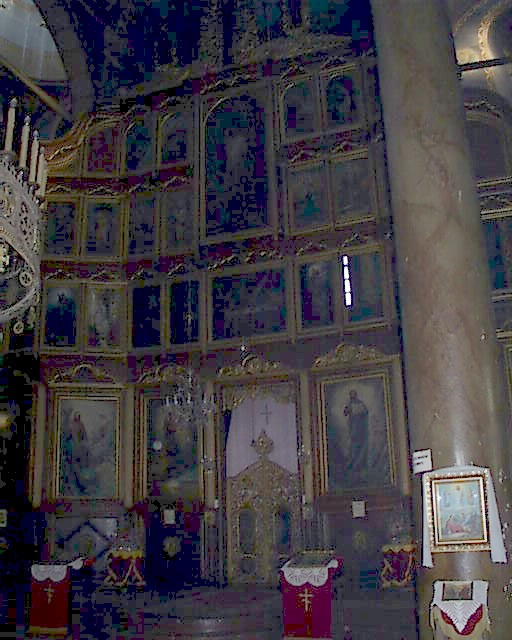
THE CATHEDRAL OF NIŠ, A PART OF THE ICONOSTASIS
On the other side, the Cathedral iconostasis takes a very significant place in the history of Serbian visual arts. It covers the whole sanctuary both in width and in height. The wooden structure of the iconostasis is constructed as elliptical. The sanctuary behind it can be entered through three separate doors: the north and the south doors (leading to the prothesis and the diaconicon) and the double door - "royal doorway" which is in the middle. Its designer and the author of the engraving plastic art are not known. Yet, we know that the iconostasis was gold-plated by Luj Kapelan, the gilder from Belgrade, on the occasion of the church restoration (1891-1893). The iconostasis was designed in the spirit of neoclassicism. The icon frames are trimmed and separated by gilded demi-columns, and the richest gilded engraving is on the royal door and around the big Crucifix. The decoration is mainly made of plaits of stylized herbs.There are 48 compositions oil-painted on canvas, arranged in four horizontal zones. The work on the iconostasis had begun in the period of 1882-1884, during the office of bishop Nestor, and the contract with Djordje Krstić was drawn in 1885. According to the contract, which was broken in 1893 due to the payment problems, Djordje Krstić should have painted 54 icons for the iconostasis of the Cathedral of Niš. The oldest part belongs to the romanticist Stevan Todorović (1880), and we know for sure that 19 compositions were painted by Djordje Krstić. The Crucifixion, The Mother of God and St. John were made most probably by the painter Živko Jugović, but most of the icons were painted by the painter Milutin Marković, the teacher of the High-School in Niš, after the year 1897.
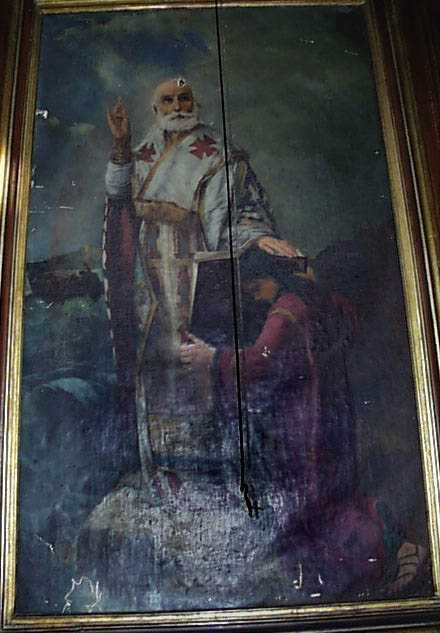
St. Sava Gives Blessing to Serbian Children - painted by Djordje Krstić
The artistic work of Djordje Krstić occupies indisputably a significant position in the history of Serbian art. The icon painting for the Niš Cathedral triggered the fight between the conservative ideas of academic romanticists, lead by Stevan Todorović, and the realist Djordje Krstić. This polemic ended in the nineties of the 19th century in the victory of Djordje Krstić, that is the realism as a new artistic movement. Serbian visual arts were then raised to the European level.
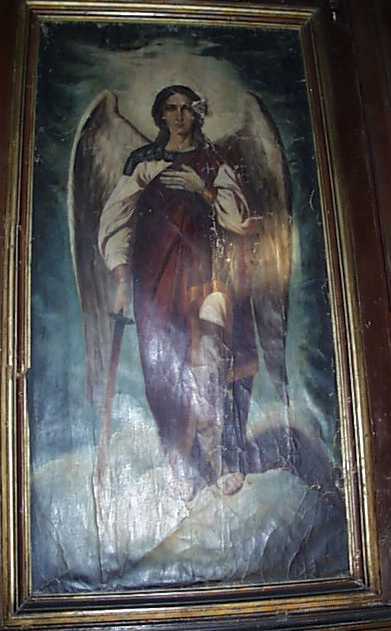
St. Archangel Michael